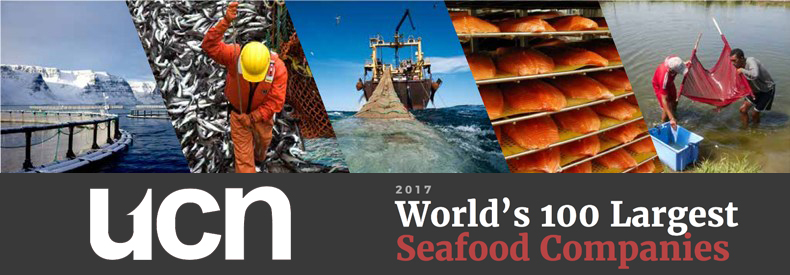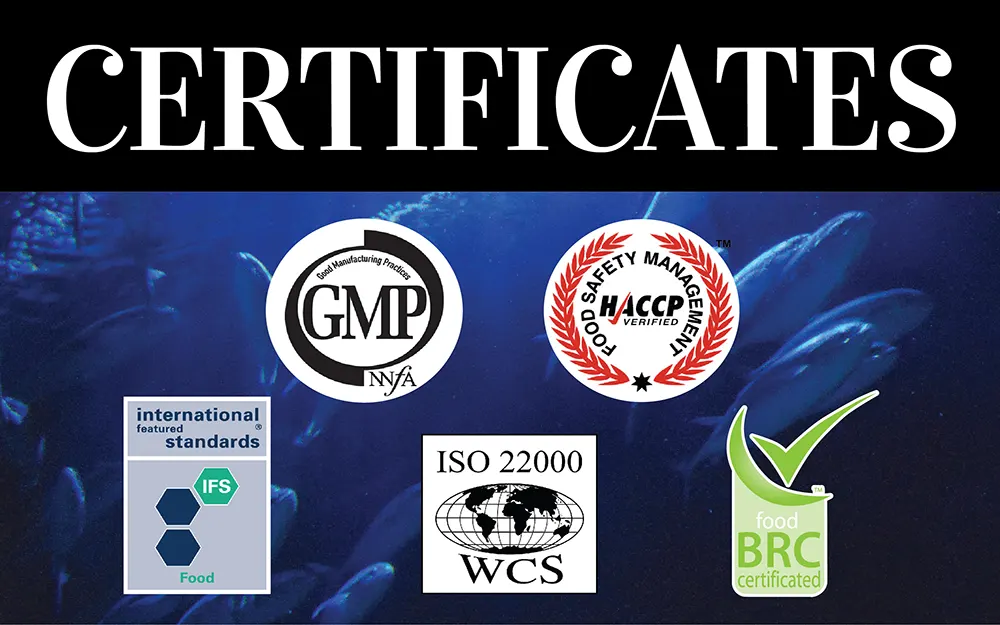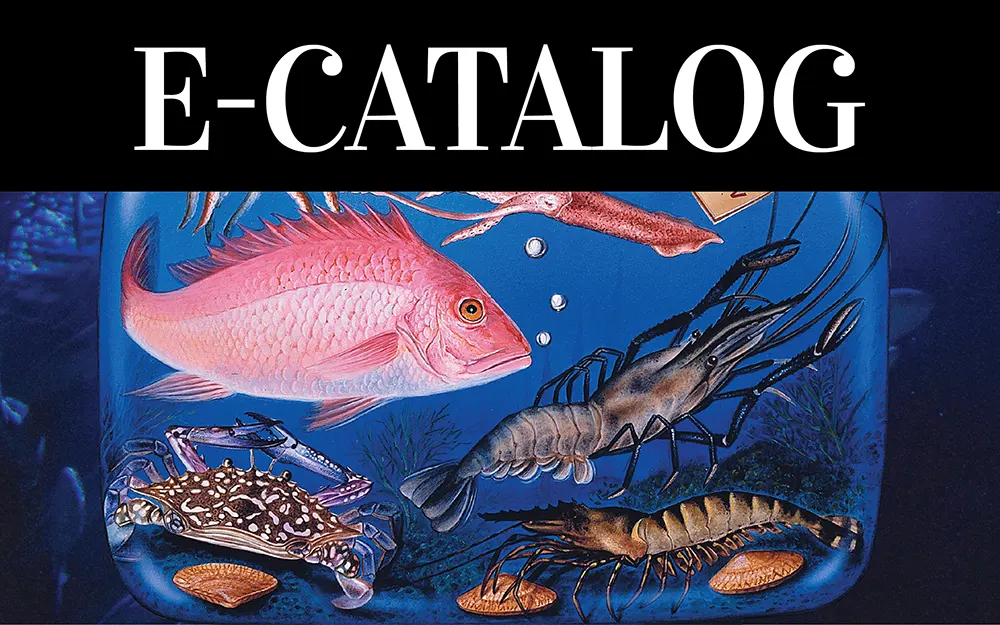
Siam Canadian in World’s 100 Largest Seafood Companies 2017 Report : Undercurrent News


2016 turnover: $310m ( year ended Dec 31 2016, +11%)
2015 turnover: $280m
Ownership: Private
Country: Thailand
Key executive: Jim Gulkin, CEO
A: 9th Floor, Suite 283/44, Home Place Office Building, 283 Thonglor 13, Sukhumvit 55, Kongton Nua, Wattana, Bangkok 10110, Thailand
T: +66 2 185 3311
E: info@siamcanadian.com
W: www.siamcanadian.com
Activities: Trading | exports
Shareholders: Jim Gulkin
Species: shrimp, red mullet, red snapper, grouper, Vietnam barramundi, sea bass, silver sillago, croaker, caesionidae, leatherjacket, mackerel, mahi mahi, parrot fish, pomfret, redspot emperor, sweetlips, swordfish, bream, sole, tuna, squid, cuttlefish, octopus, clams, scallops, frog legs, crab, mussels, surimi

Thailand-based shrimp-focused exporter Siam Canadian rounds out Undercurrent News’ Top 100 Report for 2016, a year in which the company saw its sales grow 11% to $310 million on the
back of higher shrimp prices.
The company, founded as a small trading company by Canadian-born entrepreneur Jim Gulkin in 1987, grew alongside Thailand’s seafood industry. Gulkin then expanded its reach in 1992 when the company opened its first overseas branch in Vietnam. Siam Canadian continued to grow its procurement network and expand its operations by subsequently opening additional offices in China, India, Indonesia and Myanmar, eventually adding an international trading division at its Bangkok, Thailand, headquarters.
In 2015, Gulkin told Undercurrent that he hopes to grow annual revenues to $500m over the next five to seven years by expanding its seafood importing and distribution businesses.
“Having said that, the total sales value is often so skewed by raw material prices, either up or down, that it is not necessarily a good indicator of the health of one’s business. We are much more focused on the bottom line and will continue to be so,” he said.
The drivers of growth will be “expansion of our customer base, increased sales in existing markets and further penetration into some of the newer markets, such as Asia, Central and South America and Africa.
Our import business will also hopefully play an important role in our growth”, said Gulkin.
Trade disruption
Forces out of Siam Canadian’s control may stand in the way of the company’s growth plans.
The first of these is a forthcoming decision from the European Union, which may take measures against perceived health risks of Indian shrimp imports.
“If there is an outright ban, or other severe restrictions placed that could drastically curtail India shipments to the EU, there will be a domino effect on the industry,” Gulkin told Undercurrent in October
2017.
Such an event could lead to several different outcomes, he said.
One is that India “totally pivots to the US market”, and increases sales as much as it possibly can to Vietnam and China.
“As a result, Thailand and Indonesia would be further squeezed from the US market. Thailand does not have the option of increasing their sales to the EU to pick up some of the slack left by an India ban, due to Thailand’s lack of GSP [generalized scheme of preferences] privileges.”
President Trump
The administration of US president Donald Trump, who has been vocal against free-trade deals and stands poised to renegotiate some agreements, could throw another wrench into the machinery of the global seafood trade, Gulkin fears.
Seeing as Trump ran on a promise of protecting American industries producing for the domestic market, lobbyists for the US wild shrimp and farmed catfish sector — the Southern Shrimp Alliance and the Catfish Farmers of America — “could very likely get his ear”, Gulkin told Undercurrent.
“If they do, I certainly would expect more protectionist measures to come into place. More anti-dumping and countervailing duties,” said the CEO and founder.




